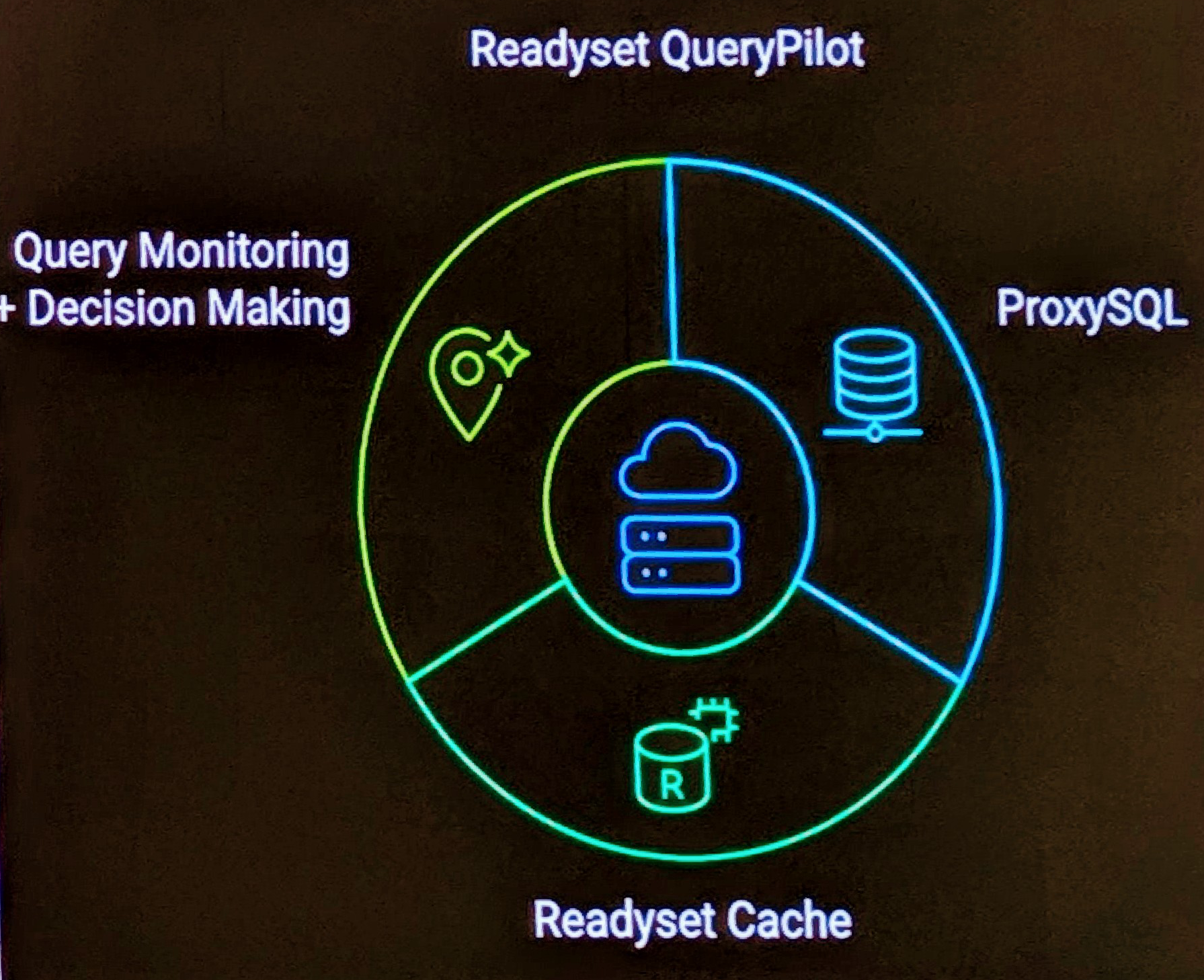Baron got a great amount of response from his 50 things to know before migrating Oracle to MySQL . I’m glad I invited him as a fellow MySQL colleague to my presentation to the Federal Government on Best Practices for Migrating to MySQL from Oracle and SQL Server for his inspiration.
Oracle will always be a more featured product then MySQL. There are however features that MySQL has that Oracle does not. While I’ve got a draft of a list of my own, I have several hundred incomplete drafts.
One of these features I was able to demonstrate to a client is the ability to have multiple VALUES clauses for a single INSERT statement. For example.
INSERT INTO t1(c1) VALUES (1), (2), (3), (4), (5);
Instead of
INSERT INTO t1(c1) VALUES(1); INSERT INTO t1(c1) VALUES(2); INSERT INTO t1(c1) VALUES(3); INSERT INTO t1(c1) VALUES(4); INSERT INTO t1(c1) VALUES(5);
Does it make a difference? What is the performance improvement?
The number one reason for an improvement in performance is the lack of network latency for each command. We ran a number of tests in a specific example for the client, taking multiple single insert statements, and combining into combined statements.
We ran tests across localhost and also a network test.
It was found that taking several thousand INSERT queries and combined into a maximum of 1M packets made sense. Overall this single test showed a 88% improvement from 11.4 seconds to 1.4 seconds.
real 0m11.403s user 0m0.175s sys 0m0.157s real 0m1.415s user 0m0.019s sys 0m0.012s
In the real world example, differences in the volumes of query to combine and system load showed a reduction of 72%


